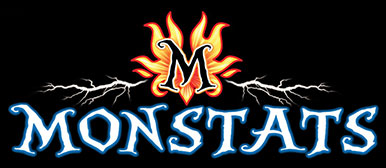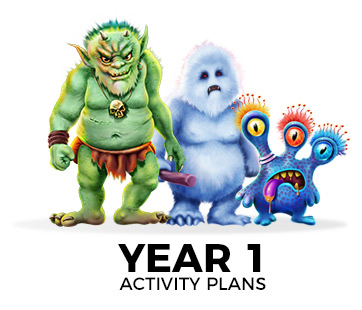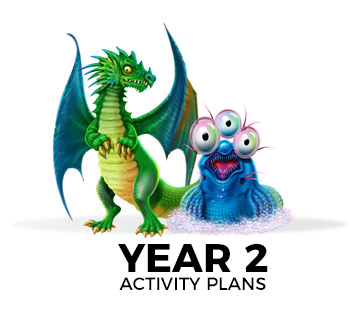

Key Stage 1
Purchase of one or more packs of cards enables member access to Activity Plans and resources for Years 1 to 6.
Below is a list of indicative statements from the KS 1 Mathematics Programme of Study, covered by the Activity Plans and additional resources.
Year 1 Activity Plans
Number - Fractions
- recognise, find and name a half as one of two equal parts of an object, shape or quantity
- recognise, find and name a quarter as one of four equal parts of an object, shape or quantity
Geometry – Position and Direction
- describe position, direction and movement, including whole, half, quarter and three-quarter turns
Other Objectives Covered Within Year 1 Activities - Number
- given a number, identify one more and one less
- identify and represent numbers using objects and pictorial representations including the number line, and use the language of: equal to, more than, less than (fewer), most, least

Year 2 Activity Plans
Number – Fractions
- recognise, find, name and write fractions 1/3, 1/4, 2/4 and 3/4 of a length, shape, set of objects or quantity
Geometry – Position and Direction
- order and arrange combinations of mathematical objects in patterns and sequences
- use mathematical vocabulary to describe position, direction and movement, including movement in a straight line and distinguishing between rotation as a turn and in terms of right angles for quarter, half and three-quarter turns (clockwise and anti-clockwise).
Statistics
- interpret and construct simple pictograms, tally charts, block diagrams and simple tables.
- ask and answer simple questions by counting the number of objects in each category and sorting the categories by quantity.
- ask and answer questions about totalling and comparing categorical data.
KS1 Opportunities for cross curricular learning:
Science
- identify and name a variety of common animals that are carnivores, herbivores and omnivores
- develop scientific skills such as classifying and making charts and tables.
English
Use of Monstats Fact Files to support the development of composition and write sentences by:
- saying out loud what they are going to write about
- composing a sentence orally before writing it
- sequencing sentences to form short narratives
- re-reading what they have written to check that it makes sense
- discuss what they have written with the teacher or other pupils
- read aloud their writing clearly enough to be heard by their peers and the teacher.

Have a Question?
Ask us about KS1 activities